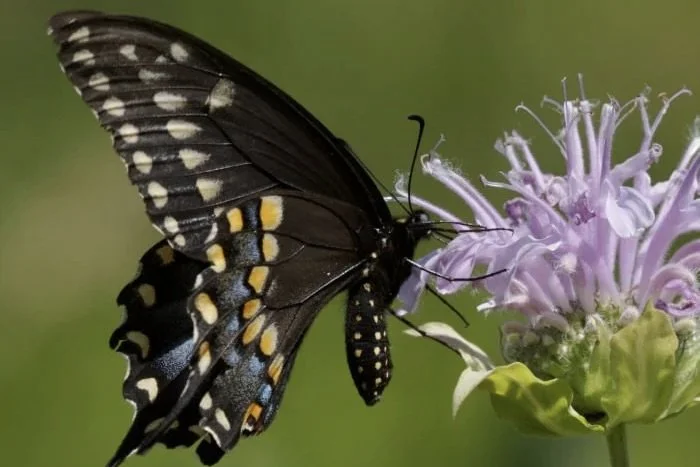Greetings and farewell, PWC community!
I write with a mix of sadness and joy, tears and smiles, as I look back at my 12 ½ years at Piedmont Wildlife Center. I think about our mission, vision, core values and how we have grown; how much our reach has expanded. Before coming here, I worked as the Assistant Director at Charlotte Nature Museum, where we also had live animal ambassadors that connected so many. When we needed an animal, I would look to PWC for non-releasables they may have back when they/we were a rehabilitation hospital. As life changed, and I wanted to move back to Chapel Hill, I applied for the Conservation Coordinator position. During my interview with Gail Abrams, a counselor with a group of camp kids found an injured bird and came to get Gail to help. Down the road we went to free it from some plastic near a pond. Just like my interview with Charlotte Nature Museum, it was filled with excitement, live animals, and a foreshadowing of how working here would be - never a dull moment and always an opportunity to learn and teach!
I remember driving down the road after the interview and getting the strongest feeling that this was where I was supposed to be. I had never felt that so strongly before. The timing for that position didn’t work out, and I felt very conflicted going against my gut. Any time I have gone against my gut, it hasn’t panned out so well. But several months later, I was able to sell my condo in Davidson, NC, took a leap of faith, and moved back to my hometown. The first thing I did was reach out to Gail and start my time with PWC as a volunteer for a few months before getting hired on as the Summer Camp Coordinator. Wow, did my life change!
Although I had a love of nature and connected with it, the philosophy introduced through camp and adult programs here, and the hard skills I learned brought me to a much deeper connection with nature, a big a-ha moment, and the opportunity to work with fabulous, knowledgeable, creative, accepting people. Working with Gail and Sarah Haggerty restored my faith and trust in people you work with. We had a community that was welcoming, accepting, supportive and trusting. We worked well together and balanced each other. So many wonderful people joined us that I cannot begin to name them/y’all for fear of leaving someone out. Although many have moved on to continue our mission in their ways, I am honored that I was able to work with all and learn from them. Many are still in touch and part of my community. What a road we have traveled!
There are so many memories that flood my brain, bringing laughter, tears, smiles and gratitude. Thank you all for the successes, chances to learn together, challenges we grew from, and belief in what we do. I offer my sincere appreciation to all who have supported us on many levels, connect with nature, build community, and continue to do so. I encourage each of you to continue to support PWC, our passionate staff, and the new person who takes the reins.
Summer is for change, fire and new beginnings. I am excited to see what the next leadership brings. As I head off on my own journey and set PWC on theirs, it is appropriate to use a term derived from the Old English word faran, which means to journey, and well, meaning wish the traveler a good or safe trip…FAREWELL!
Happy Trails,
Karen McCall


















